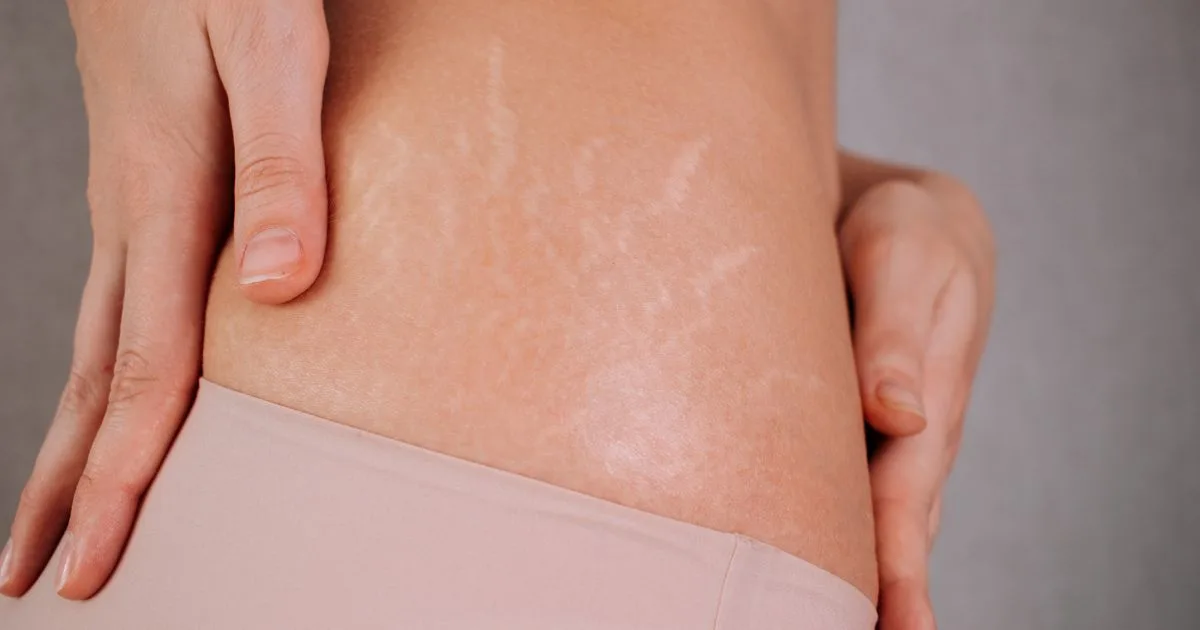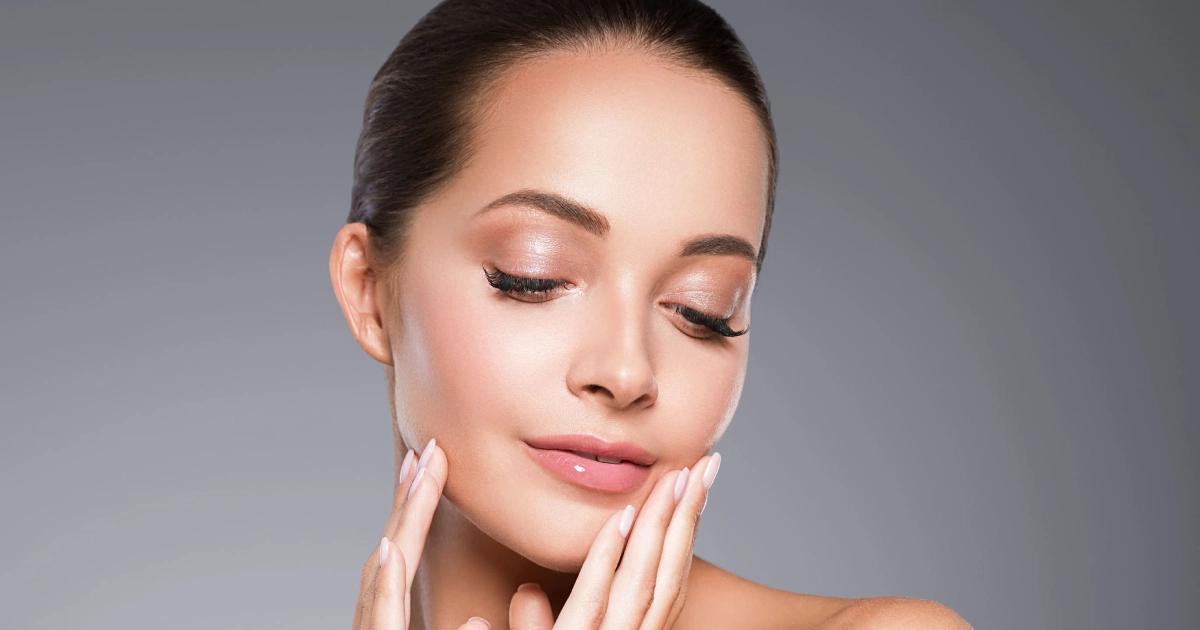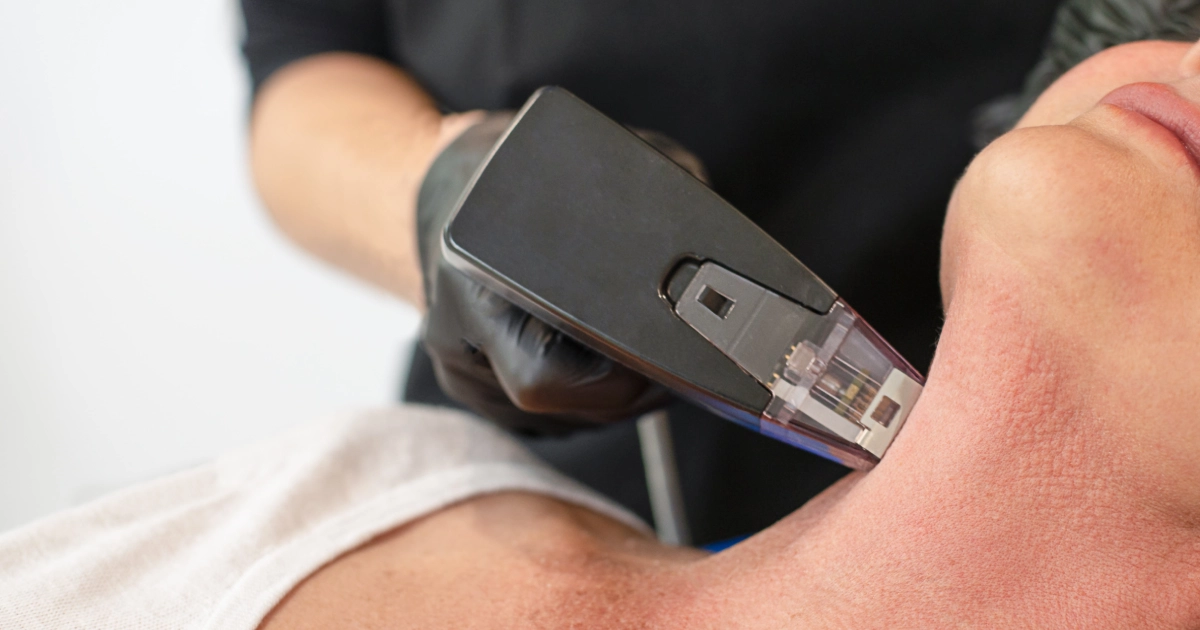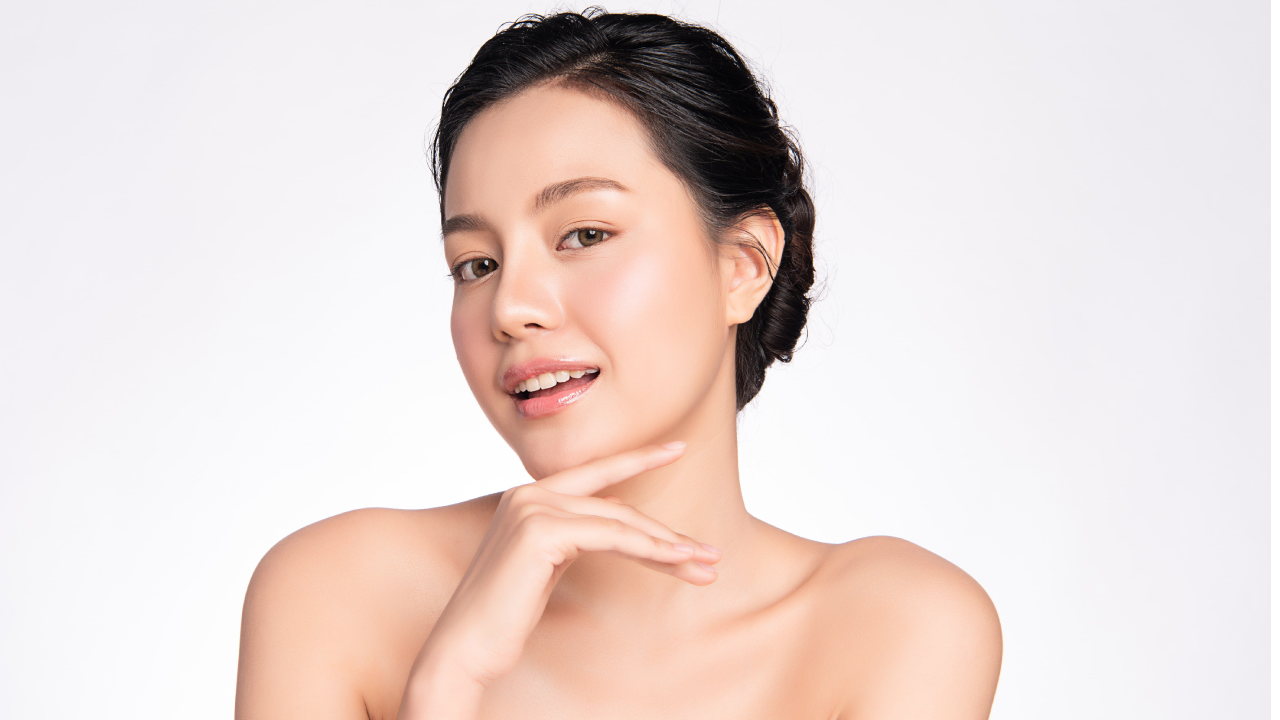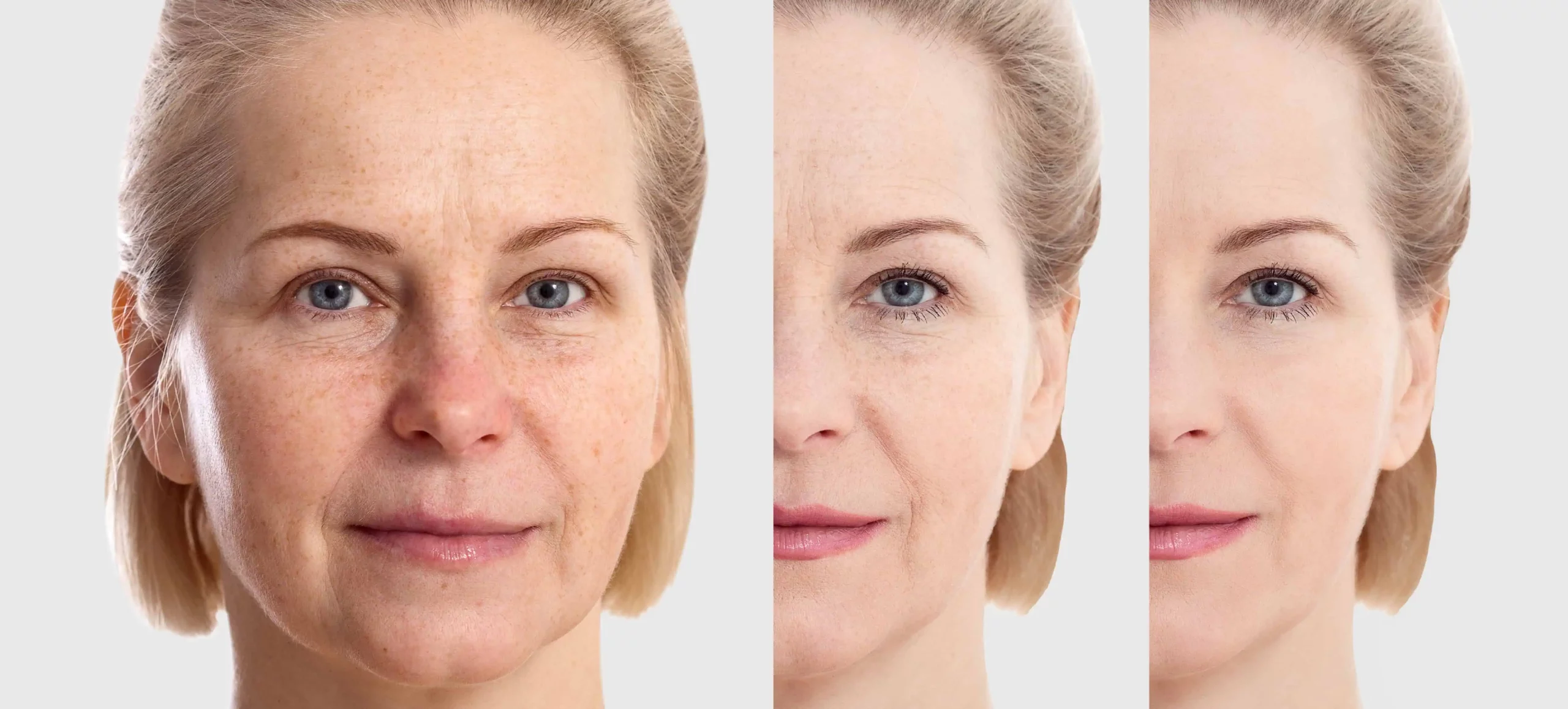Rosacea is a chronic skin condition that affects millions of individuals worldwide. Characterized by redness, visible blood vessels, and sometimes acne-like bumps, rosacea can be a source of frustration and discomfort. However, with the right information and treatment, individuals can manage their symptoms effectively.
This comprehensive guide will explore the symptoms, causes, triggers, and treatment options for rosacea, with insights provided by Walnut Creek Aesthetics.
Understanding Rosacea
Rosacea is a skin condition that primarily affects the face, particularly the cheeks, nose, chin, and forehead. It often begins with a tendency to blush or flush easily and can progress to persistent redness. The condition may also cause visible blood vessels, small red bumps, and, in some cases, watery or irritated eyes. Rosacea affects fair-skinned individuals more frequently and is often diagnosed in adults between 30 and 60.
Symptoms of Rosacea
Rosacea is a common and chronic skin condition that can affect anyone, often beginning with subtle symptoms that gradually become more pronounced over time. Recognizing these symptoms is crucial for early diagnosis and effective management. In this brief guide, we will explore the hallmark symptoms of rosacea, shedding light on the key indicators that individuals should be mindful of to seek timely treatment and relief.
Facial Redness
Persistent redness is the hallmark and most noticeable symptom of rosacea. It manifests as a constant blush or sunburn-like appearance and is often called “flushing.” This redness can vary in intensity and may come and go, but it typically persists.
Visible Blood Vessels (Telangiectasia)
Over time, small, visible blood vessels can appear on the skin’s surface, particularly on the cheeks and nose. These dilated blood vessels, known as telangiectasia, contribute to the overall redness and may become more pronounced as the condition progresses.
Bumps and Pimples (Papulopustular Rosacea)
Some individuals with rosacea experience the development of red, pus-filled bumps that closely resemble acne lesions. This subtype of rosacea is known as “papulopustular rosacea.” These papules and pustules can be tender and may lead to further redness and inflammation.
Thickened Skin (Phymatous Rosacea)
In more severe cases of rosacea, particularly when left untreated, the skin may thicken and develop a bumpy, irregular texture. This is most commonly seen around the nose, resulting in a “phymatous rosacea.” The skin may also become more oily and enlarge the pores.
Ocular Symptoms (Ocular Rosacea)
Rosacea can extend to affect the eyes, leading to a condition known as “ocular rosacea.” Ocular symptoms may include dryness, redness, itching, a gritty sensation, and increased sensitivity to light. If left untreated, ocular rosacea can lead to more serious eye problems, including vision impairment.
Causes of Rosacea
The exact cause of rosacea remains elusive, but several factors are believed to contribute to its development:
Genetics
There appears to be a genetic predisposition to rosacea, as it often runs in families. Individuals with a family history of the condition may have an increased risk of developing it themselves.
Dysfunction of Blood Vessels
Abnormalities in the blood vessels of the face are thought to play a role in facial redness and flushing. These blood vessels may dilate more easily in response to various triggers.
Immune System Response
An overactive immune system response may trigger inflammation in the skin, contributing to the characteristic redness and bumps associated with rosacea.
Demodex Mites
Microscopic mites known as Demodex are commonly found on human skin. In individuals with rosacea, the population of these mites may increase. While their exact role is still being investigated, their presence may contribute to inflammation and irritation.
Environmental Factors
Exposure to specific environmental triggers can exacerbate rosacea symptoms. Common triggers include sunlight, extreme temperatures (heat or cold), spicy foods, alcohol consumption, and stress.
Triggers and Lifestyle Management
Effectively managing rosacea often involves identifying and avoiding triggers that can worsen symptoms. By recognizing and minimizing exposure to these triggers, individuals can reduce the frequency and severity of rosacea flare-ups. Some key trigger management strategies include:
Sun Protection
Consistent use of sunscreen with a high SPF and protective clothing can shield the skin from the harmful effects of UV rays. Wide-brimmed hats and sunglasses can offer additional protection to the face.
Temperature Extremes
Extreme hot or cold temperatures can trigger flushing and exacerbate symptoms. Staying cool in hot weather and protecting the face from cold winds during winter is essential.
Spicy Foods
Limiting the consumption of spicy and hot dishes can help prevent sudden flushing and redness.
Alcohol
Alcohol consumption, particularly red wine and hard liquor triggers rosacea symptoms in many individuals. Moderation or avoidance of alcohol may be recommended.
Stress Management
Stress is a common trigger for rosacea flare-ups. Practicing stress-reduction techniques such as meditation, deep breathing exercises, and yoga can help manage emotional stress and minimize its impact on the skin.
Treatment Options
While there is no cure for rosacea, various treatment options are available to help manage and control its symptoms. Treatment choice depends on the subtype and severity of rosacea, and treatment plans are often personalized for each individual. Some common treatment options include:
Topical Medications
Dermatologists may prescribe topical creams, gels, or lotions containing antibiotics, anti-inflammatories, or other active ingredients to reduce redness, inflammation, and the appearance of papules and pustules.
Oral Medications
In cases of more severe or widespread rosacea, oral antibiotics such as doxycycline, minocycline, or tetracycline may be prescribed to address inflammation and bacterial overgrowth.
Laser and Light-Based Therapies
Laser therapy, intense pulsed light (IPL), and other light-based treatments can target visible blood vessels, reducing redness and improving skin texture. These therapies are often used for telangiectasia and erythematotelangiectatic rosacea.
Ocular Treatment
Individuals with ocular rosacea may require treatment by an eye specialist. This can include lubricating eye drops, antibiotic eye drops, or other medications to relieve symptoms and prevent complications.
Skincare and Sun Protection
Establishing a gentle skincare routine using mild, fragrance-free products can help soothe and protect the skin. Sun protection is paramount, and the regular use of sunscreen is advised.
Key Points to Remember:
- Individuals with rosacea must work closely with dermatologists or healthcare professionals to develop a tailored treatment plan that best addresses their needs and concerns.
- With the right care and management, rosacea can be effectively controlled, allowing individuals to lead more comfortable and confident lives. If you seek further information or assistance in managing rosacea, Walnut Creek Aesthetics offers valuable insights and resources to support individuals in their journey towards clearer, healthier skin.
Navigating Rosacea: Expert Insights and Solutions for a Brighter Skin Journey
Rosacea can be challenging, but with the right knowledge and care, individuals can successfully manage their symptoms and improve their quality of life. If you suspect you have rosacea or require guidance on managing your condition, consult healthcare professionals and dermatologists who can provide tailored treatment plans and recommendations.
Walnut Creek Aesthetics offers insights into rosacea and its management, and their expertise can be a valuable resource for those seeking effective solutions for this common skin concern. For more information, visit their website.




